Vintage Antique Cast Iron Mechanical Bank ELEPHANT HOWDAH Rare Early HUBLEY NM

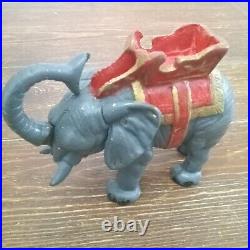
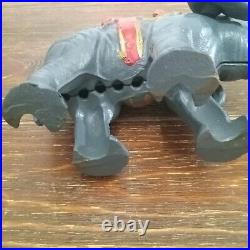
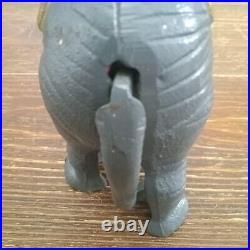
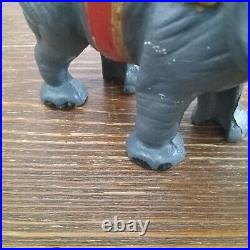
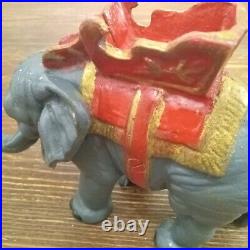
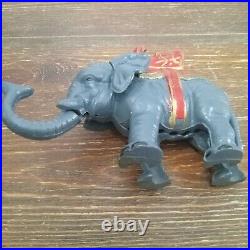
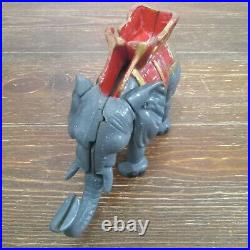
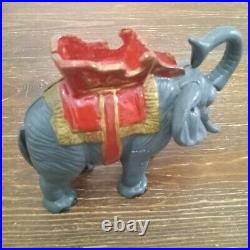
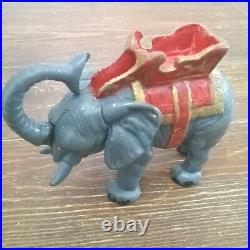

It is worth the price! The Hubley Manufacturing Company was first incorporated in 1894 in Lancaster, Pennsylvania by John Hubley. The first Hubley toys appeared in 1909 and were made of cast-iron, with themes that ranged from horse-drawn vehicles and different breeds of dogs, to tractors, steam shovels and guns. [1] Hubley’s main competition in the early years was Arcade. [2] Early toys were known for their complexity; a delicate 11 inch long Packard Straight 8, a five-ton truck that came complete with tools, a road roller that came in five different sizes, a steam shovel with working arms and shovel, and Chrysler Airflows with take-apart bodies. In the late 1930s, the company began shifting to diecast zinc alloy (mazac) molding similar to Tootsietoy which had been doing toys in diecast since 1933. [3] Foreshadowing the post-war diecast boom, and perhaps in an attempt to steal some of Tootsietoys’ thunder, new mazac and plastic Hubley toys were now called Kiddietoys – a name which was used at least until the mid-1950s. [4] Household objects such as doorstops and bookends were also produced, but automobiles, trucks and airplanes gradually became Hubley’s mainstay. Hubley’s casting process involved several steps. For a particular toy, bookend, or doorstop, metalworkers would first carve a wood form, or hammer out the basic design in metal. Pressing this form into finely compacted sand created an impression for molding. Cast iron heated to 3000 degrees was poured into the sand mold and, when cooled, the form would pop out. Rough edges would be filed away and the mold ready for mass production casting. Painters applied a base coat (usually white or cream but sometimes black) to cast figures whether toys or doorstops. Then, colorists used a variety of hues highlighting important details.
